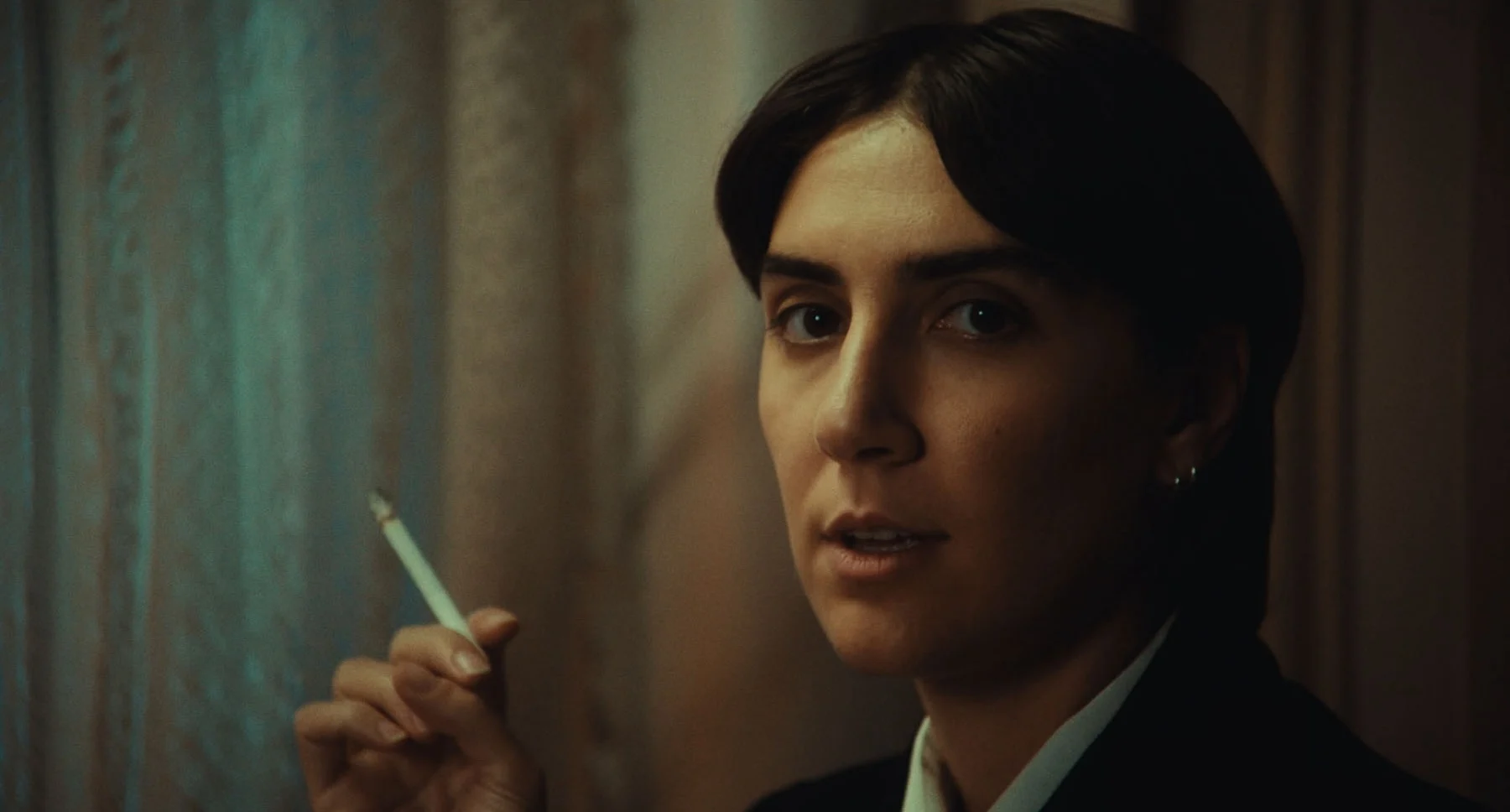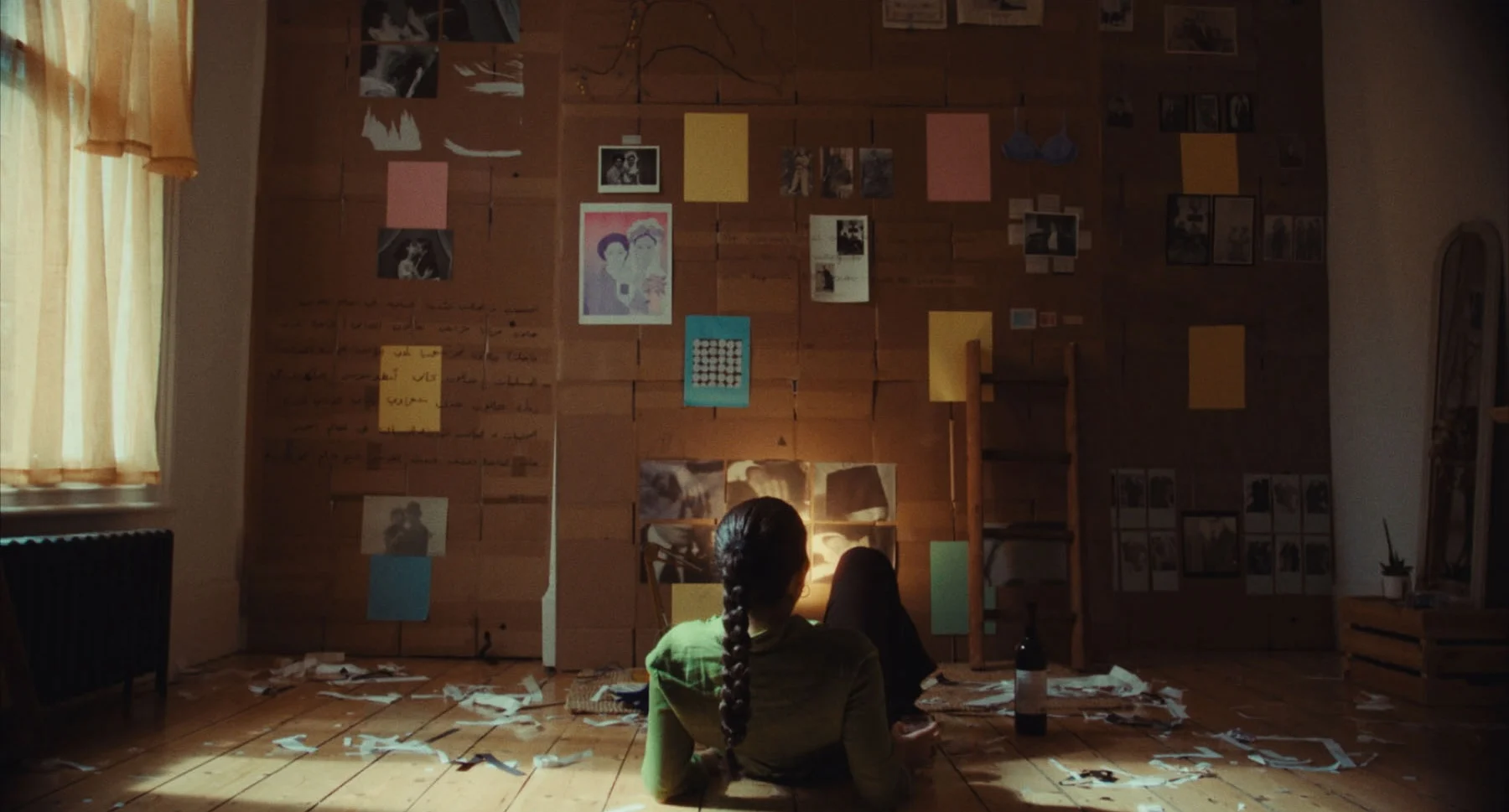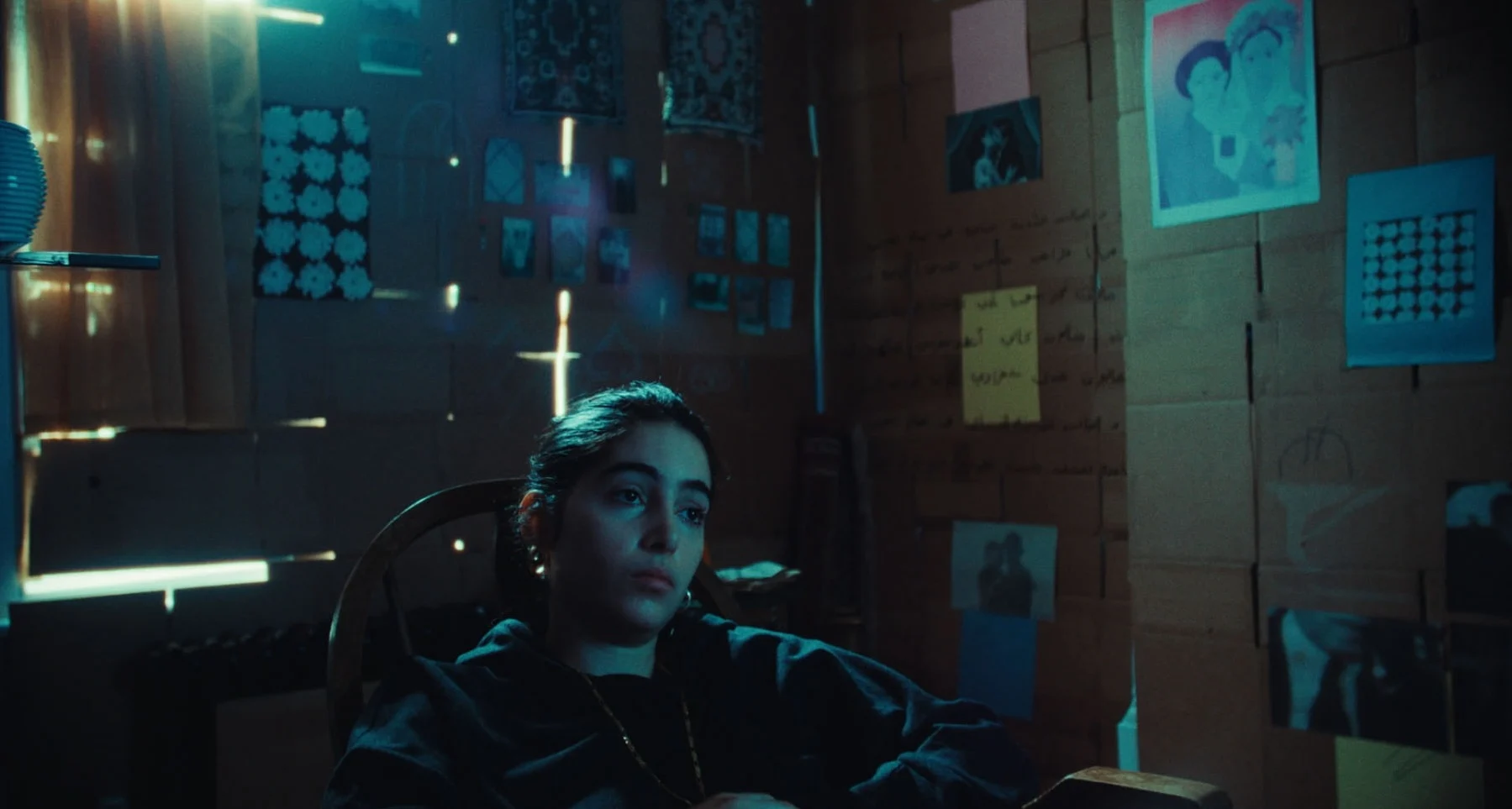
In 2017, French-Lebanese filmmaker May Ziadé came across a selection of archived photographs of Arab women cross-dressing in the 1920s. Now, these images form the basis for her short film “Neo Nahda,” in which she explores the act of searching the archives for hidden treasures that could reveal things about the psyche of a new generation. She tells writer Dalia Al-Dujaili that by highlighting queer Arab stories of the past, she hopes she can provide queer communities today with a sense of ancestry and grounding, with an understanding of those who came before them.
The Nahda was a time of Enlightenment in the Middle Eastern region in the late nineteenth century under Ottoman rule. During the Nahda—or Arab Renaissance—Arab culture, literature and society were reimagined by blending traditional Islamic values with European Enlightenment ideas. Key figures like Rifa'a al-Tahtawi and Jamal al-Din al-Afghani advocated for educational, social and political reforms, and the Nahda laid the groundwork for Arab nationalism, independence movements and modernization efforts in the region.


May Ziadé’s short film “Neo Nahda” refers to a new age of enlightenment, perhaps suggesting that a dig through the archives is a necessary act in reviving lost or censored pasts. “Neo Nahda” is a coming-of-age story about Mona (Eman Alali), a young woman in London who finds archived photographs of Arab women cross-dressing in the 1920s. Ziadé herself found the images via the Arab Image Foundation “at a time where these photos were very, very difficult to find,” she says. She immediately knew she wanted to expand their life, impact and reach. The film tackles the queer and feminist histories of the South-West Asian and North African region while asking “how the archives can be a portal for the imagination and the realm of inner projections.”
These images appear throughout Neo Nahda: Marie el-Khazen’s images from Zghorta, Lebanon in 1927; a woman named Marguerite dressed up as a man in Jerusalem, Palestine from 1935; a young woman from the Mardem Bey family dressed up as a man. They appear alongside other queer-coded photographs such as Hashem el Madani’s now-iconic image of Najm and Asmar at Studio Shehrazade, Saida, Lebanon in the 1950s. First coming across the images in 2017, Ziadé noticed that more and more photos began to surface elsewhere, one example being on the Instagram page Takweer run by Marwan Kaabour (a London-based Lebanese artist).
Taking inspiration from Alok Vaid Memnon’s ode to Urvashi Vaid—“Being unprecedented is a wound / Novelty can be a form of cruelty / We deserve ancestry / We all come from something / From someone”—Ziadé drew on the idea that no one is unprecedented. That queer communities in the Middle East and its diaspora have elders, ancestors, and predecessors, and she “felt like it was necessary to see these ancestors move” on the screen in order to solidify our connection to them.
Working with an almost entirely Arab film crew, many of whom were queer too, Ziadé was able to create a working set which was the example of the kinds of creative futures marginalized filmworkers hope to see for themselves. “We wanted to get as many Arab women involved, as many queer people, female and non-binary people involved, as we could,” she tells me, and she explains that this was partly in an attempt at “trying as much as we can to make the things in our imagination come true.” The filmmaker cites much Arab film as her early inspiration too, such as Nadine Lebaki’s iconic “Caramel,” a queer-coded film with an almost all-female cast.

Ziadé and her editor, Chiara Bellesia, embarked on 15 days of editing “which is huge for 10 minutes [of footage]”, says Ziadé, but careful editing was a crucial part of the final product since the film takes on multiple forms, including elements of photo essay. In one scene, for example, Mona is seen staring at a wall which starts to fill up bit-by-bit with images and references of gender-defying images from the Arab world. To achieve this effect, Ziadé explains they shot ‘plates’: “we put everything up and we shot that and then we put nothing up and we shot that and then through VFX you can decide what shows and what doesn’t.”
But Ziadé explains that didn’t evoke the feeling that Mona was falling into the rabbit hole of archives, learning more, and the camera was too far away for the audience to read the writing on Mona’s wall after they shot the scene, so they added a film essay element as well. “It was Chiara’s idea to add some cards in to pace it with more in-depth information,” says the filmmaker.
It ended up being one of the most important parts of the film, as Ziadé tells me “this is a film about browsing and the research process. It’s about archives and about photos. It’s about how you look for things and take in information.” As she notes, today this is something that is mostly done digitally, “through your laptop in the tabs that you have open.” The film essay elements of the film are an attempt at diversifying this process, to make it more interesting on screen, “without completely denying the reality of the digital-ness of your research.”

Today, the act of archiving is a hot topic in the cultural landscape. There is perhaps no arts institution or organisation left that hasn’t approached and interrogated the medium, purpose and repurposing of archives. Ziadé thinks people now understand that archiving as a process is a myriad of things, such as living archives, memorabilia, oral histories. “I think archives are extremely important, as a way to connect with history, as a way to reaffirm histories that have been erased, purposefully, through patriarchal and colonial processes.” She explains that archives could also go some way to creating space for imaginative powers, for world-building, to encourage imaginations and project hope for the future, a sentiment that Ziadé will carry into new experimental film and video projects in the new year.

